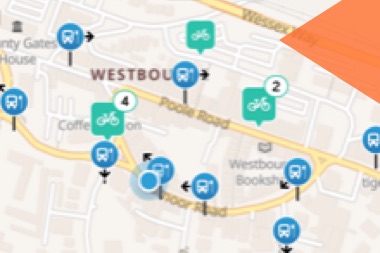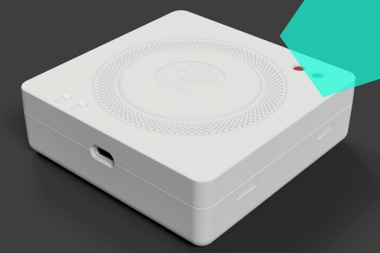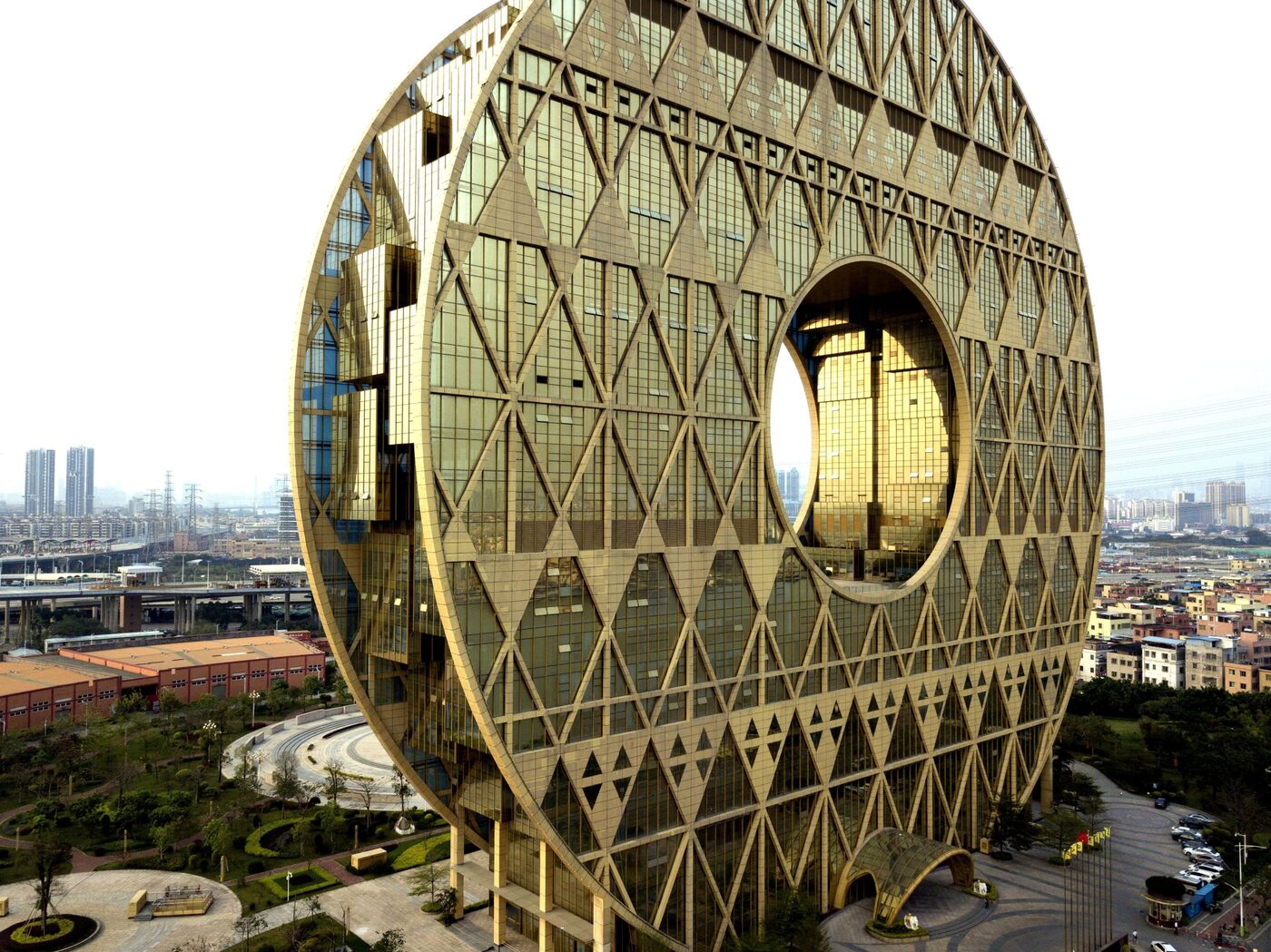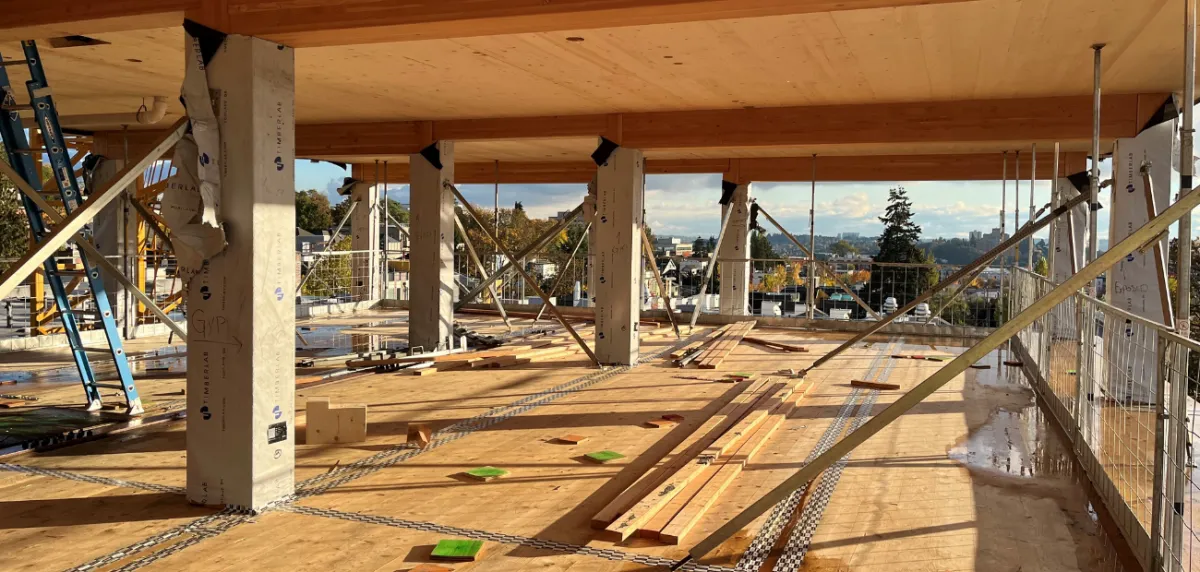Author |Eduardo BravoSince first appearing in India over 3,000 years ago, the purpose of hospitals has been to help patients recover thanks to the development of protocols that enable efficient work, optimise resources, facilitate decision making and provide all the commodities to ensure the patient’s recovery is effective, simple and complete.As with any other human institution, hospitals have changed as society has changed, but it is with the creation of smart cities that the change has been most notable. In fact, if we take into account the principles that lie behind smart cities -such as energy efficiency, good administrative management, the safety of residents, the application of new technologies to solve problems, accessibility or sustainability-, hospitals have been, for years, little smart cities within Smart Cities.Hospitals have also adapted thanks to the important role played by another key pillar forming the basis of smart cities, which is the design of smart buildings. Buildings in which, apart from architecture, a discipline related to domotics is also essential; a discipline that goes beyond domotics, given its greater scope and complexity: immotics.
In fact, if we take into account the principles that lie behind smart cities -such as energy efficiency, good administrative management, the safety of residents, the application of new technologies to solve problems, accessibility or sustainability-, hospitals have been, for years, little smart cities within Smart Cities.Hospitals have also adapted thanks to the important role played by another key pillar forming the basis of smart cities, which is the design of smart buildings. Buildings in which, apart from architecture, a discipline related to domotics is also essential; a discipline that goes beyond domotics, given its greater scope and complexity: immotics. Immotics is the automatic centralised control of buildings via computers. From the electrical installation, plumbing, and of course, lifts, operating theatres, thermostats in the different areas of the complex, food orders, drugs and consumables or monitoring patients, who will be controlled from within the building and until they are discharged.The fact that immotics includes a certain form of domotics, enables patients admitted to smart hospitals or their family members to control the lighting in the rooms, request assistance from nurses, choose a television channel or adjust their mechanised bed to make their stay more pleasant and comfortable.
Immotics is the automatic centralised control of buildings via computers. From the electrical installation, plumbing, and of course, lifts, operating theatres, thermostats in the different areas of the complex, food orders, drugs and consumables or monitoring patients, who will be controlled from within the building and until they are discharged.The fact that immotics includes a certain form of domotics, enables patients admitted to smart hospitals or their family members to control the lighting in the rooms, request assistance from nurses, choose a television channel or adjust their mechanised bed to make their stay more pleasant and comfortable.
Building the perfect hospital on imperfect structures
As in conventional cities, which are not transformed comprehensively, instead they gradually incorporate new aspects into the pre-existing structures, hospitals have been converted into smart buildings by incorporating improvements and discarding obsolete elements.Alba Vergés , the Health Minister of the Regional Government of Catalonia, inaugurated the new ICU in the Vall d’Hebron University Hospital, equipped with smart technology. This new facility is equipped with advanced diagnosis and monitoring systems that are managed via the Smart Display programme, a software which, according to those responsible in the centre, “enables information to be generated to facilitate decision making and also improve the manner in which the unit works”. However, despite the undeniable advances that the new ICU will offer for the Vall d’Hebron, this smart unit is located in a building constructed in 1955. This is the case in most cities, whose hospitals are not particularly new buildings. Regardless of how much money is invested, the buildings will continue to be imperfect in aspects such as energy management, because the construction techniques and materials used at the time, do not meet the standards of today’s smart buildings.Therefore, only newly built hospitals or those built in cities which, from the start, were designed as Smart Cities -such as Songdo in South Korea, Masdar in the United Arab Emirates, or Lavasa in India-, can expect their design and construction to include all the characteristics required of a real Smart Building in a smart urban environment.This is the case with the hospital under construction by the private health company Mackenzie Health in Ontario (Canada) and which, according to the company, will be the first truly smart hospital in the world. To achieve it, they have taken into account, materials, equipment and immotics, its location -in a setting surrounded by nature, to improve the wellness of patients-, and its communication with the catchment areas and even access by road and air, thanks to a heliport.
However, despite the undeniable advances that the new ICU will offer for the Vall d’Hebron, this smart unit is located in a building constructed in 1955. This is the case in most cities, whose hospitals are not particularly new buildings. Regardless of how much money is invested, the buildings will continue to be imperfect in aspects such as energy management, because the construction techniques and materials used at the time, do not meet the standards of today’s smart buildings.Therefore, only newly built hospitals or those built in cities which, from the start, were designed as Smart Cities -such as Songdo in South Korea, Masdar in the United Arab Emirates, or Lavasa in India-, can expect their design and construction to include all the characteristics required of a real Smart Building in a smart urban environment.This is the case with the hospital under construction by the private health company Mackenzie Health in Ontario (Canada) and which, according to the company, will be the first truly smart hospital in the world. To achieve it, they have taken into account, materials, equipment and immotics, its location -in a setting surrounded by nature, to improve the wellness of patients-, and its communication with the catchment areas and even access by road and air, thanks to a heliport. When it is completed in 2020, the Mackenzie Vaughan Hospital will enable all its departments -from emergencies to kitchens, or the maintenance team-, workers and even the fixtures and fittings, to be connected to a network to allow immediate decision making. This will allow, for example, a patient’s bed to detect a change of heart rate, which will alert the professionals and, in the time it takes them to reach the room, the bed will be placed in a horizontal position so they can immediately begin their resuscitation tasks or take the patient to the operating room. There, surgeons will have the patient’s entire medical report, which will provide the information required for the intervention and reduce the need for clinical tests when these are not absolutely essential.
When it is completed in 2020, the Mackenzie Vaughan Hospital will enable all its departments -from emergencies to kitchens, or the maintenance team-, workers and even the fixtures and fittings, to be connected to a network to allow immediate decision making. This will allow, for example, a patient’s bed to detect a change of heart rate, which will alert the professionals and, in the time it takes them to reach the room, the bed will be placed in a horizontal position so they can immediately begin their resuscitation tasks or take the patient to the operating room. There, surgeons will have the patient’s entire medical report, which will provide the information required for the intervention and reduce the need for clinical tests when these are not absolutely essential.
The risks of smart hospitals
As little smart cities that they are, smart hospitals will also encounter the same problems as smart cities. The first and main problem is the almost complete dependency on IT devices which, in the event of an accidental or deliberate failure, could have serious consequences for patients, in terms of their treatment and privacy.Cybersecurity experts have also warned that the programmers of these medical instruments are more concerned with the efficacy thereof than in developing an attack proof architecture. The same applies to the health centres themselves, which do not tend to have particularly solid security protocols as this is not their priority.Circumstances such as these enabled the British Health Service to suffer an attack in May 2017 by a virus called WannaCry. Their creators demanded a ransom payment from the authorities in bitcoins to decrypt the files and medical reports of patients. This could happen again in the future if utmost care is not taken in this area. Lastly, as with smart cities, smart hospitals’ commitment to technology could lead to some users being excluded as a result of the technological gap due to issues such as age, or if the health condition of the patients does not allow them to manage devices connected remotely to the hospital.Solving issues such as these will be key for existing smart hospitals and for future ones to achieve their goal, which is not just to cure patients, but to do so with more human hospital processes.Images | Pixabay, Sasin Tipchai, Fernando Zhiminaicela, Michal Jarmoluk, KoalaParkLaundromat, Sujin Soman, F. Muhammad.
Lastly, as with smart cities, smart hospitals’ commitment to technology could lead to some users being excluded as a result of the technological gap due to issues such as age, or if the health condition of the patients does not allow them to manage devices connected remotely to the hospital.Solving issues such as these will be key for existing smart hospitals and for future ones to achieve their goal, which is not just to cure patients, but to do so with more human hospital processes.Images | Pixabay, Sasin Tipchai, Fernando Zhiminaicela, Michal Jarmoluk, KoalaParkLaundromat, Sujin Soman, F. Muhammad.






















































